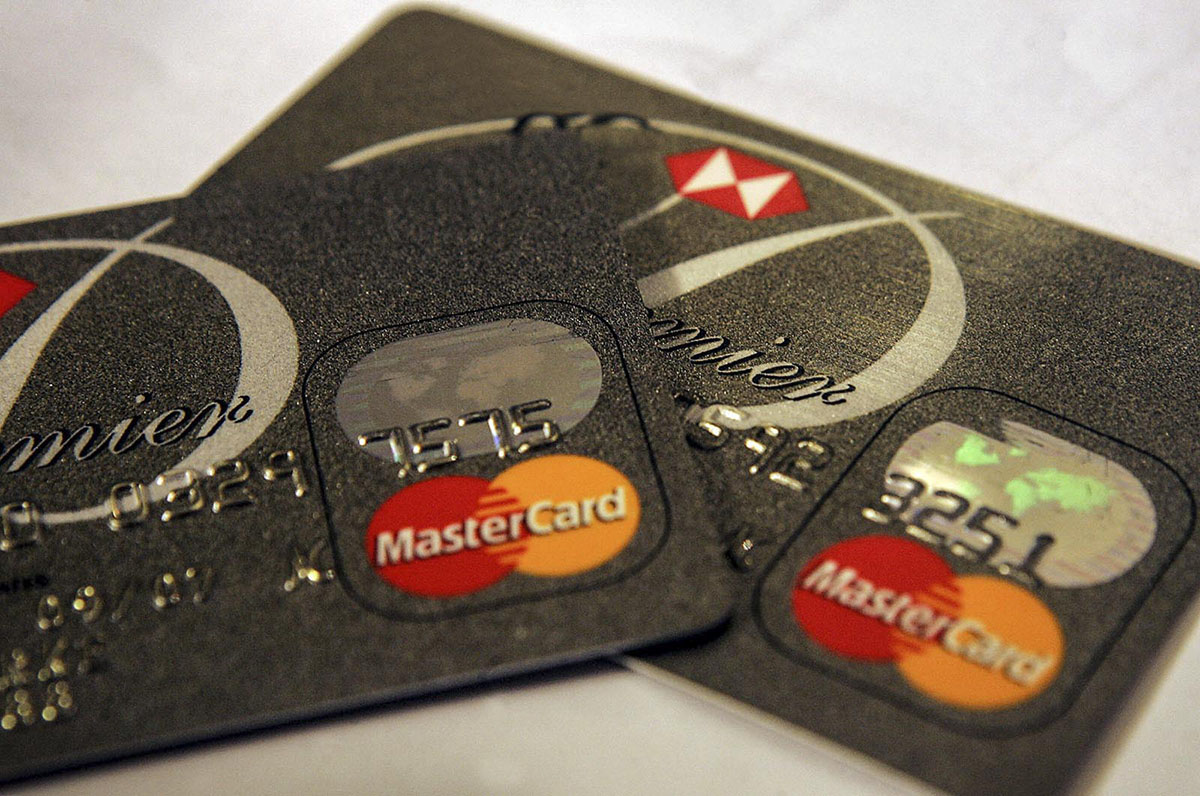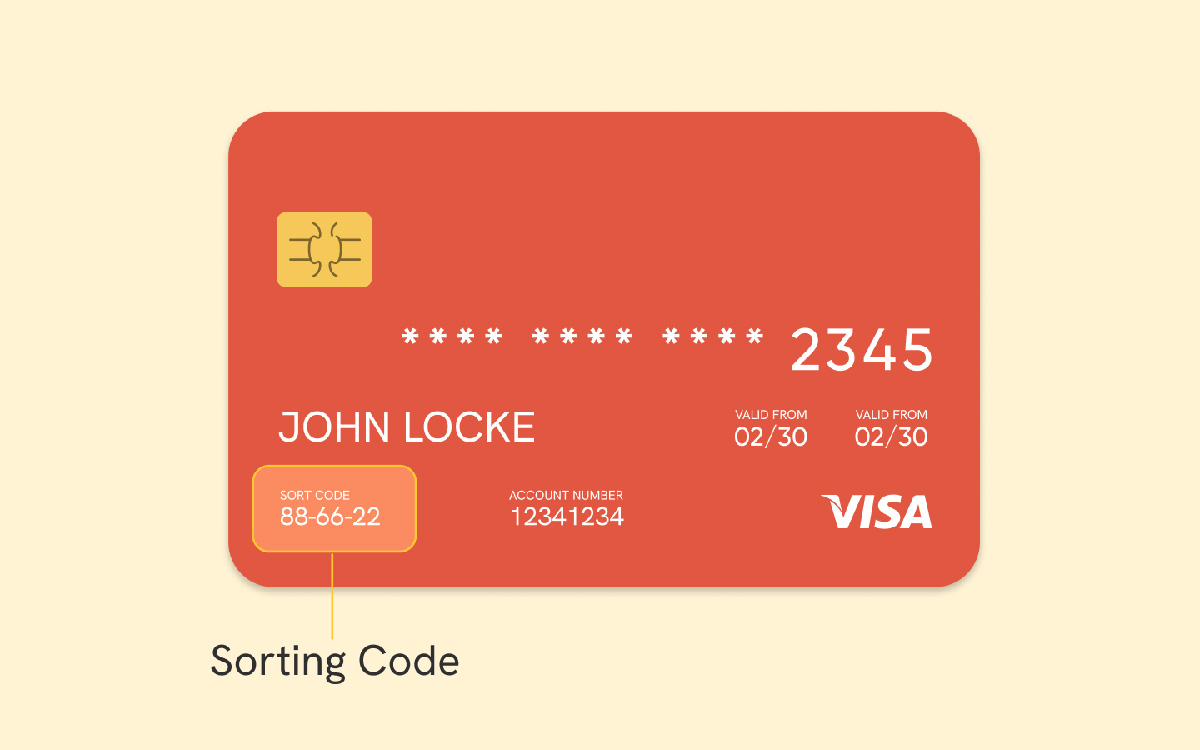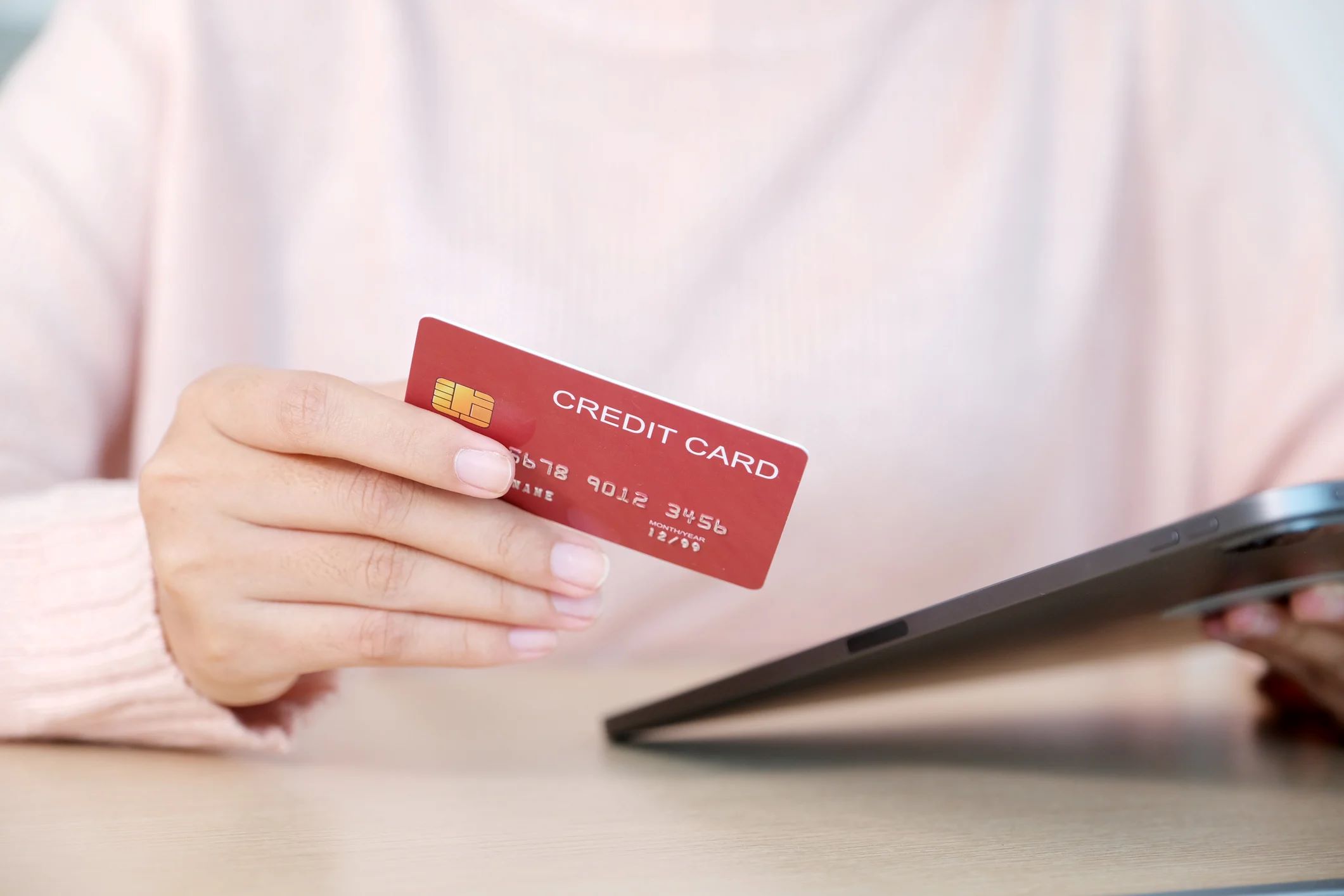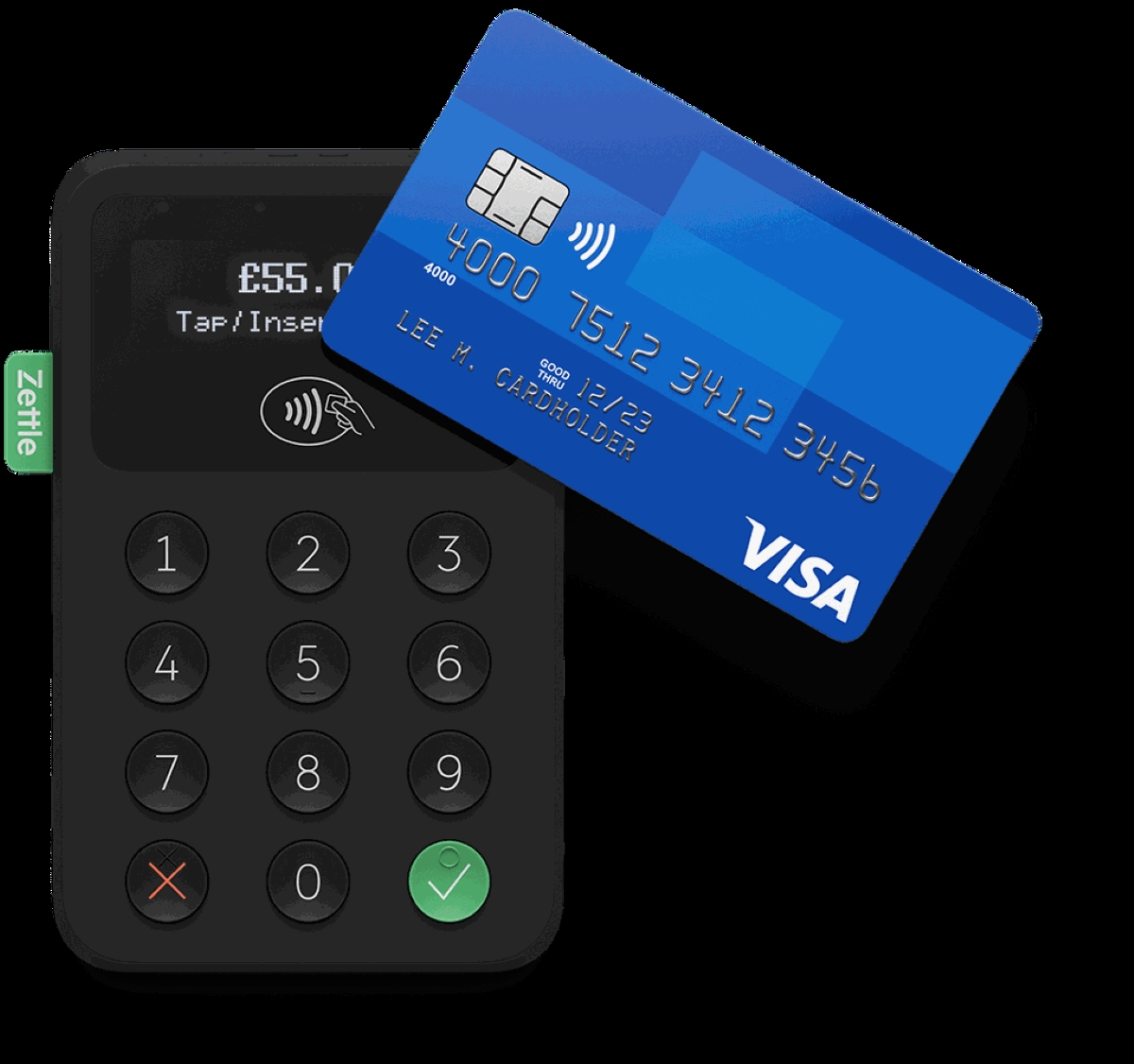

Finance
What Is The Signature Code On A Credit Card
Published: November 11, 2023
Learn about the finance behind credit cards and discover what the signature code on a credit card means. Dive into the world of credit card security and financial knowledge.
(Many of the links in this article redirect to a specific reviewed product. Your purchase of these products through affiliate links helps to generate commission for LiveWell, at no extra cost. Learn more)
Table of Contents
- Introduction
- Understanding Credit Card Signature Codes
- Importance of Signature Codes on Credit Cards
- How to Find the Signature Code on a Credit Card
- How to Use the Signature Code for Online Transactions
- Tips for Protecting Your Credit Card Signature Code
- Frequently Asked Questions about Credit Card Signature Codes
- Conclusion
Introduction
In the world of finance, credit cards have become indispensable tools for making purchases, both online and in-person. With the increasing reliance on digital transactions, credit card security has become a paramount concern. One of the security measures implemented by credit card companies is the inclusion of a signature code on every card.
A signature code, also known as a CVV (Card Verification Value), is a three- or four-digit number located on the back of a credit card. This code acts as an additional layer of security to verify that the cardholder is the one making the transaction. Understanding how to find and use the signature code can help protect you from fraudulent activities and ensure the safety of your financial information.
In this article, we will explore the significance of signature codes, how to locate them on your credit card, and the proper usage of the code for online transactions. We will also provide tips and guidelines to safeguard your signature code and answer some commonly asked questions related to credit card security.
Remember, while credit card companies take various measures to protect your information, it is equally important for you as a cardholder to remain vigilant and adhere to best practices when handling your credit card and signature code.
Understanding Credit Card Signature Codes
Credit card signature codes, also known as CVV or CVV2 codes, are an important component of credit card security. These codes are designed to verify that the person making a transaction possesses the physical card and has access to the associated account.
Signature codes serve as an additional layer of security, particularly in situations where the physical presence of the cardholder is not required, such as online transactions or over-the-phone purchases. By requiring the entry of the signature code, credit card companies can authenticate the cardholder’s identity and minimize the risk of unauthorized use.
The specific location and format of the signature code depend on the credit card issuer. In most cases, you will find the three-digit code on the back of the card, typically on or near the signature strip. American Express cards, however, feature a four-digit code printed on the front, above the card number.
It’s important to note that the signature code is not the same as the PIN (Personal Identification Number) used for ATM transactions. The PIN is used to authorize transactions where the physical card is present, while the signature code is primarily used for remote transactions.
While signature codes are an effective measure for preventing fraudulent charges, it’s crucial to keep in mind that they should never be shared with anyone, including merchants or customer service representatives. No legitimate entity will ask for your signature code, as it is solely for your own use during secure transactions.
Understanding the purpose and significance of credit card signature codes enables cardholders to take appropriate measures to protect their financial information and ensure secure transactions. In the following sections, we will delve into the importance of signature codes and provide guidance on how to locate and utilize them for online transactions.
Importance of Signature Codes on Credit Cards
The inclusion of signature codes on credit cards serves a vital role in ensuring the security and integrity of credit card transactions. By requiring the entry of a unique code, credit card companies can authenticate the cardholder’s identity and minimize the risk of unauthorized use. Here are some reasons why signature codes are important:
- Fraud Prevention: Signature codes act as a deterrent to potential fraudsters. Since the code is not stored on the magnetic stripe or chip of the card, thieves who manage to obtain credit card information through skimming or hacking will not have access to the signature code. This adds an extra layer of protection and reduces the likelihood of unauthorized transactions.
- Authentication for Remote Transactions: In situations where the physical card is not present, such as online or over-the-phone purchases, signature codes play a crucial role in verifying the cardholder’s identity. By requiring the input of the code, merchants can validate that the person making the transaction is in possession of the card.
- Protection Against Card Not Present (CNP) Fraud: Card Not Present (CNP) fraud refers to instances where credit card information is used for fraudulent transactions without the physical presence of the card. Signature codes add an additional layer of security by making it more difficult for fraudsters to use stolen card information for unauthorized purchases.
- Enhanced Security for Online Transactions: The rise of e-commerce has made online transactions an integral part of our daily lives. Signature codes provide an added level of security by verifying the cardholder’s identity, reducing the risk of fraudulent activity on the internet.
It is essential for cardholders to understand the importance of signature codes and take appropriate measures to protect them. Avoid sharing your signature code with anyone, and be cautious when providing your credit card information online. By utilizing signature codes correctly and safeguarding your card, you can significantly reduce the risk of credit card fraud and ensure a secure financial experience.
How to Find the Signature Code on a Credit Card
The location and format of the signature code on a credit card may vary depending on the card issuer. Here are the general guidelines to help you locate the signature code:
- Visa, Mastercard, and Discover: The signature code is typically a three-digit number located on the back of the card, usually on or near the signature strip. It is printed in a flat panel, not embossed like the card number.
- American Express: American Express cards have a four-digit signature code printed on the front, above the card number. The code is usually found on the right side of the card.
When locating the signature code, be sure to look for a series of numbers separate from the card number and expiration date. It is essential to keep in mind that the signature code is not the same as the PIN used for ATM transactions.
If you are having trouble finding the signature code on your credit card, refer to any instructions provided by the card issuer or contact their customer service for assistance. It is crucial to avoid guessing or using incorrect codes, as this may lead to transaction failures or security issues.
Once you have identified the signature code on your credit card, it is recommended to memorize it and refrain from writing it down or storing it in easily accessible places. This helps maintain the security of your credit card information and minimizes the risk of unauthorized use.
Now that you know how to find the signature code on your credit card, let’s explore how to use it for secure online transactions in the next section.
How to Use the Signature Code for Online Transactions
Using the signature code correctly is crucial for ensuring secure online transactions. When making a purchase online, follow these steps to utilize the signature code:
- Select your items: Browse the online store and add your desired items to your shopping cart.
- Proceed to checkout: Once you have finished shopping, proceed to the checkout page to initiate the payment process.
- Enter your credit card information: Provide the necessary credit card details, including the card number, expiration date, and the signature code.
- Verify your signature code: Carefully enter the three- or four-digit signature code when prompted. Ensure accuracy, as even a slight mistake may result in transaction failure.
- Complete the transaction: Review your order details and confirm the purchase. Upon successful verification of the signature code, the transaction will be processed, and you will receive a confirmation of your purchase.
It is important to note that the signature code acts as a security measure to authenticate the cardholder during online transactions. In addition to providing the code, you may also be required to validate your identity through other methods, such as entering a one-time password or confirming personal information.
Remember to never share your signature code with anyone, including merchants or customer service representatives. Legitimate entities will not request your signature code, as it is solely for your use during secure transactions.
By following these steps and utilizing the signature code correctly, you can significantly enhance the security of your online transactions and ensure the protection of your financial information.
Tips for Protecting Your Credit Card Signature Code
Protecting your credit card signature code is essential for maintaining the security of your credit card transactions. Here are some tips to keep your signature code safe:
- Memorize your code: Avoid writing down your signature code or storing it in easily accessible places. Commit it to memory to minimize the risk of it falling into the wrong hands.
- Keep your card secure: Always keep your credit card in a safe and secure location to prevent unauthorized access. Avoid lending your card to others and never leave it unattended.
- Be cautious with sharing information: Never share your signature code with anyone, including merchants or customer service representatives. Legitimate entities will never ask for your signature code.
- Use secure online platforms: When making online purchases, ensure that you are using a secure and trusted website. Look for indicators such as a padlock symbol in the browser’s address bar and an “https” prefix in the website’s URL.
- Beware of phishing attempts: Be vigilant against phishing scams that attempt to trick you into revealing sensitive information. Never provide your signature code in response to unsolicited emails or phone calls.
- Monitor your statements: Regularly review your credit card statements to identify any unauthorized transactions. If you notice any discrepancies or suspicious activity, report it to your card issuer immediately.
- Update your card information: If you have reason to believe that your signature code has been compromised, contact your card issuer to request a new card with a new code. This precautionary measure can help protect you from potential fraud.
By following these tips, you can significantly reduce the risk of your credit card signature code being misused. Remember, maintaining the security of your credit card information is crucial for protecting your financial well-being.
Frequently Asked Questions about Credit Card Signature Codes
Here are some commonly asked questions about credit card signature codes:
- What is the purpose of the signature code?
- Can I change my signature code?
- Should I share my signature code with anyone?
- Are signature codes the same as PINs?
- Can I use my signature code for all online transactions?
- What happens if I enter the wrong signature code?
- What should I do if my signature code is compromised?
- Can someone steal my signature code if they have my credit card?
The signature code serves as an additional security measure for credit card transactions, particularly for remote or online purchases. It helps verify the cardholder’s identity and reduces the risk of fraudulent activity.
No, the signature code is a unique identifier assigned to your credit card. It cannot be changed or customized.
No, you should never share your signature code with anyone, including merchants or customer service representatives. Legitimate entities will not ask for your code. Keep it confidential to protect your card and financial information.
No, signature codes and PINs are different. Signature codes are used primarily for online and remote transactions, while PINs are used for in-person transactions at ATMs or point-of-sale terminals.
Most online merchants will require the entry of your signature code during the checkout process. However, some may utilize alternative authentication methods, such as one-time passwords or 3D Secure protocols.
If you enter an incorrect signature code, your transaction may be declined. It’s important to double-check your code and ensure its accuracy to avoid any issues during online transactions.
If you suspect or know that your signature code has been compromised, contact your credit card issuer immediately. They will guide you on the necessary steps, which may include issuing you a new card with a new code.
No, the signature code is not stored on the magnetic stripe or chip of the card. Therefore, even if someone has physical access to your card, they won’t have access to your signature code.
If you have additional questions or concerns about credit card signature codes, it is recommended to reach out to your credit card issuer or refer to their customer support resources for further assistance.
Conclusion
Credit card signature codes play a vital role in safeguarding your financial information and reducing the risk of fraudulent activities. Understanding the importance of signature codes and how to use them correctly is essential for ensuring secure credit card transactions, both online and in-person.
By memorizing your signature code, keeping your card secure, and following best practices, you can protect your credit card from unauthorized use. Never share your signature code with anyone, as legitimate entities will never ask for it. Utilize secure online platforms for your transactions and remain vigilant against phishing attempts.
Remember to monitor your credit card statements regularly and report any suspicious activity to your card issuer promptly. If you suspect that your signature code has been compromised, contact your credit card company to request a new card with a new code.
By implementing these practices and staying informed about credit card security measures, you can confidently use your credit card for transactions while minimizing the risk of fraud. Stay vigilant, protect your signature code, and enjoy the convenience and security that credit cards offer.














